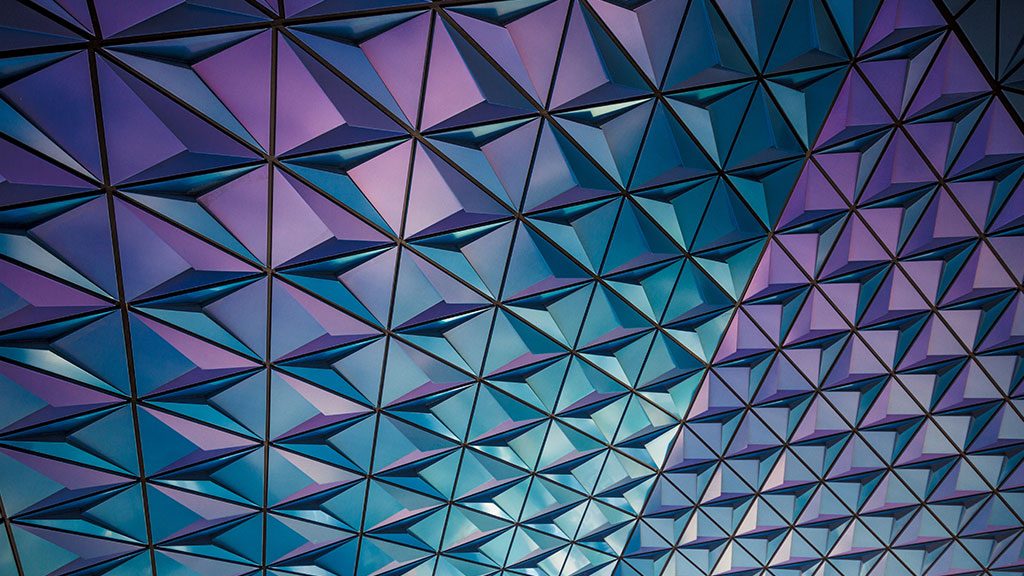A team of scientists in Spain are creating passively cooling bricks which could replace or augment air-conditioning in residential and commercial spaces.
Though they are described as bricks, the more formal description is hydro-ceramics, a “sandwich” created by a layer of hydro gel spheres with a fabric layer between two ceramic outside layers.
“The system is based on the perspiration mechanism of our human bodies,” says Areti Markopoulou, director of the Advanced Architecture Group at the Institute of Advanced Architecture of Catalonia. “When temperature in our body rises, our cells release humidity to balance our body temperature. That is why we actually sweat and this is exactly how the system of these composites perform.”
The hydro gel could be roughly compared to the crystals in a baby’s diaper which absorb moisture and swell up. However, in this case the water then starts to evaporate, causing a thermodynamic action which creates a cooling effect.
Markopoulou says the cooling effect on building interiors from hydro-ceramics can reduce the indoor temperature by up to 6 C because the hydro gel absorbs up to 500 times its weight in water.
The water wicks in through the fabric and evaporates the same way, creating that cooling effect. But are these bricks part of the envelope or structural?
Our vision is to be able to use DIY technology that local people in third-world countries can use,
— Areti Markopoulou
Advanced Architecture Group
“It was initially developed as an envelope technology,” says Markopoulou, with an initial design including a perforated inner layer to allow air to circulate and activate the evaporation for creating an interior microclimate. “However, since it is a material system of a new composite, it is possible to customize and create ceramic bricks that can be structural.”
There’s still a lot of work to be done, however, she adds, not least of which is to mass produce affordable bricks.
There are two streams of thought on what that might look like, says Markopoulou.
Part of the challenge will be to automate the production of hydro-ceramics with its four component “sandwich” (base layer, fabric layer, hydrogel “blobs” and top layer).
Currently, scientists are looking at 3D printing the ceramic part, which opens up possibilities for creating mass-customized pieces of different forms and sizes, she says, and they are looking at commercialization.
“We have developed a series of different projects using composites that include hydro gels for evaporating ‘sweating’ facades,” says Markopoulou. “This concept has attracted big interest from different companies. So we are working on certifying some of the components and to develop performance tests in mock-ups.”
However, given many impoverished urban areas around the world are in hot and dry or humid climates, there’s another manufacturing option for them.
“Our vision is to be able to use DIY technology that local people in third-world countries can use to customize their construction according to their needs,” says Markopoulou. “This will require a combination of low-cost technology that could be moved on-site and the human local labour. Also, the clay is an earth-based material, which also means that it can be sourced locally.”
As she notes, the concept isn’t revolutionary and is also modeled after ancient fridges which also used evaporative technology.
“These expanding hydro gels are polymeric elastic materials with hydrophilic properties that allows them to absorb and retain large amounts of water in their three-dimensional molecular networks,” she says. “Thus, they absorb water and retain it by expanding their volume. Once temperature is high and there is air flow, the water evaporates and the hydro gels get back to their initial shape.”
Once that cycle is complete they will need to be replenished with water and the current source is from grey water, says Markopoulou, though it could be from stored rainwater.
The City of Barcelona is the target climate so it probably would not be applicable in the freeze-thaw cycles of a Canadian winter: “The project aims to prototype a custom-building element — a tile — able to regulate both temperature and humidity to create a comfort zone inside and in context of the climate of Barcelona (where they are located). We have similar research for very hot and humid climates. Both systems create envelopes for passive cooling, reducing the need of artificial cooling systems.”
Initial data shows the cooling brick system can reduce reliance on air-conditioning by up to 15 per cent, she says, but that’s just a start.
“This is not yet ideal, but we should also keep in mind that the composite is a low-cost solution which, with further development, could provide great savings for buildings,” she adds.
As the technology is researched and developed, Markopoulou says, it is hoped that each building structure could be constructed with custom modules according to which way the external facades face and the seasonal temperature variations.
“The composites have been developed using different densities of expanding hydro gels. This allows the control of micro-climate by design. At the same time, using computational simulations, as designers we are able to define for each climate and each building location the exact position and density of the different composites. This offers an enormous opportunity for construction, economic and performance optimization.”




Recent Comments
comments for this post are closed